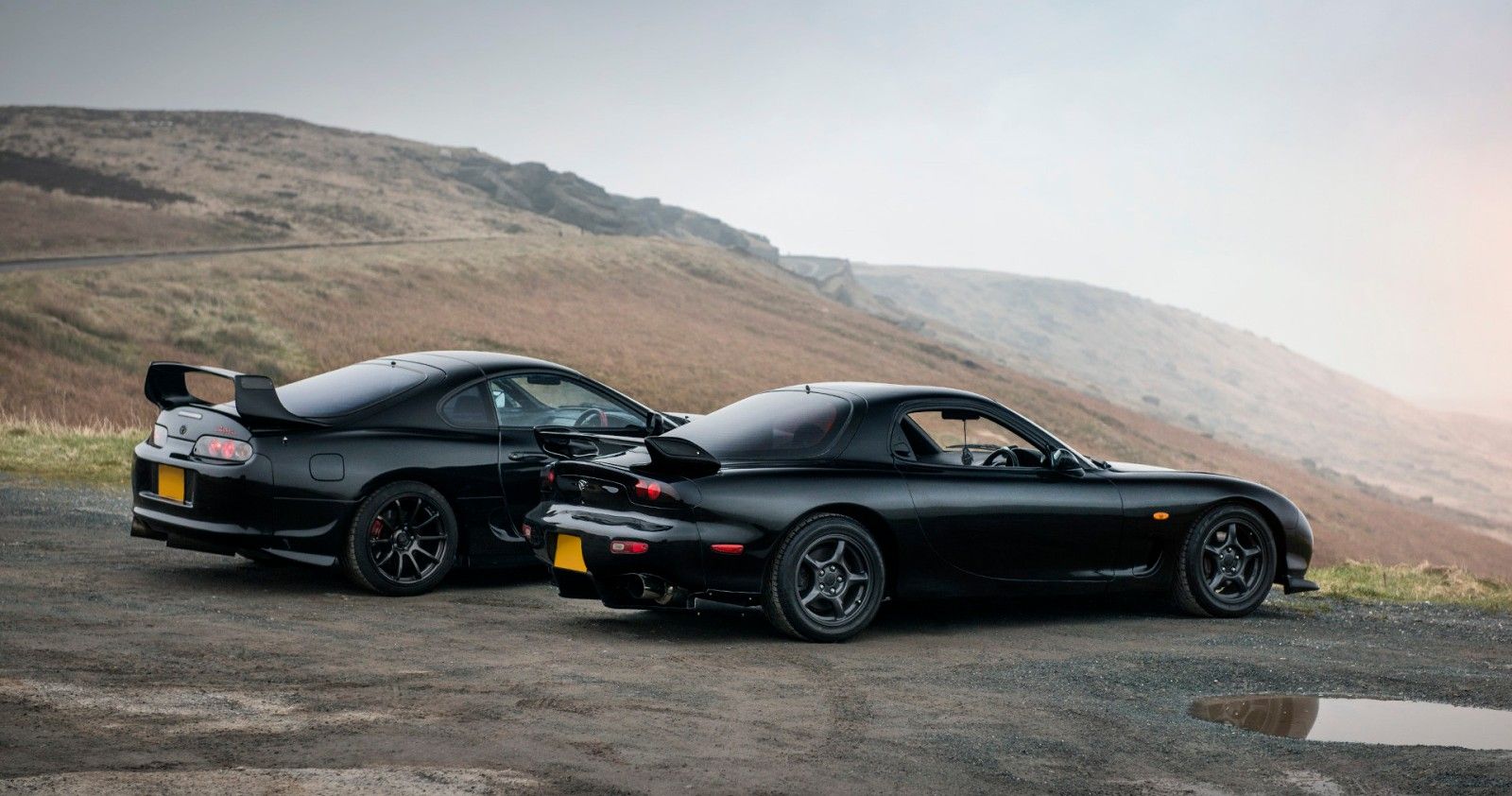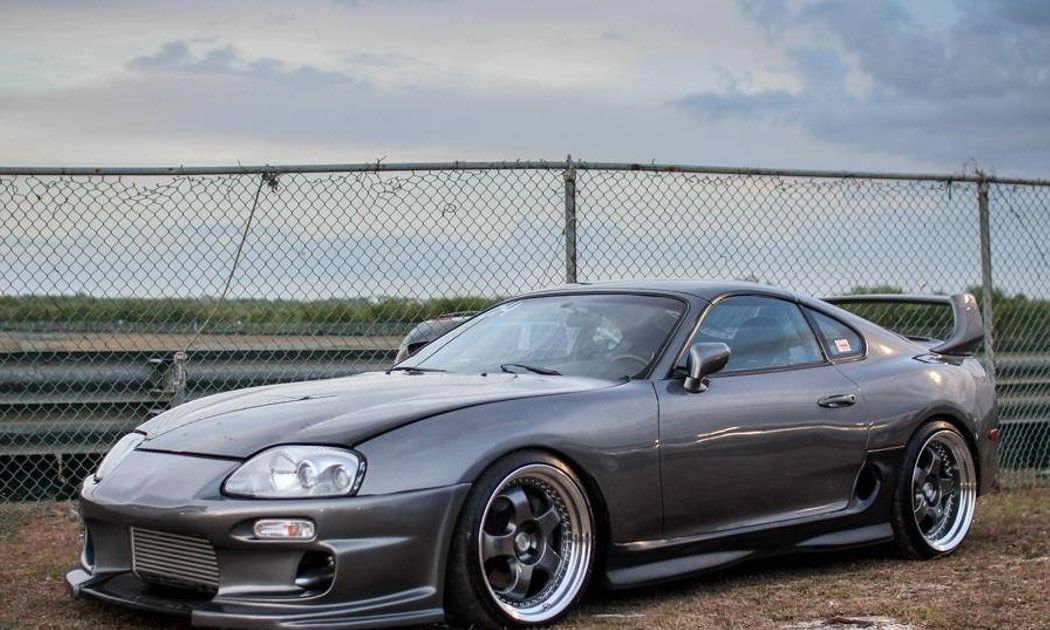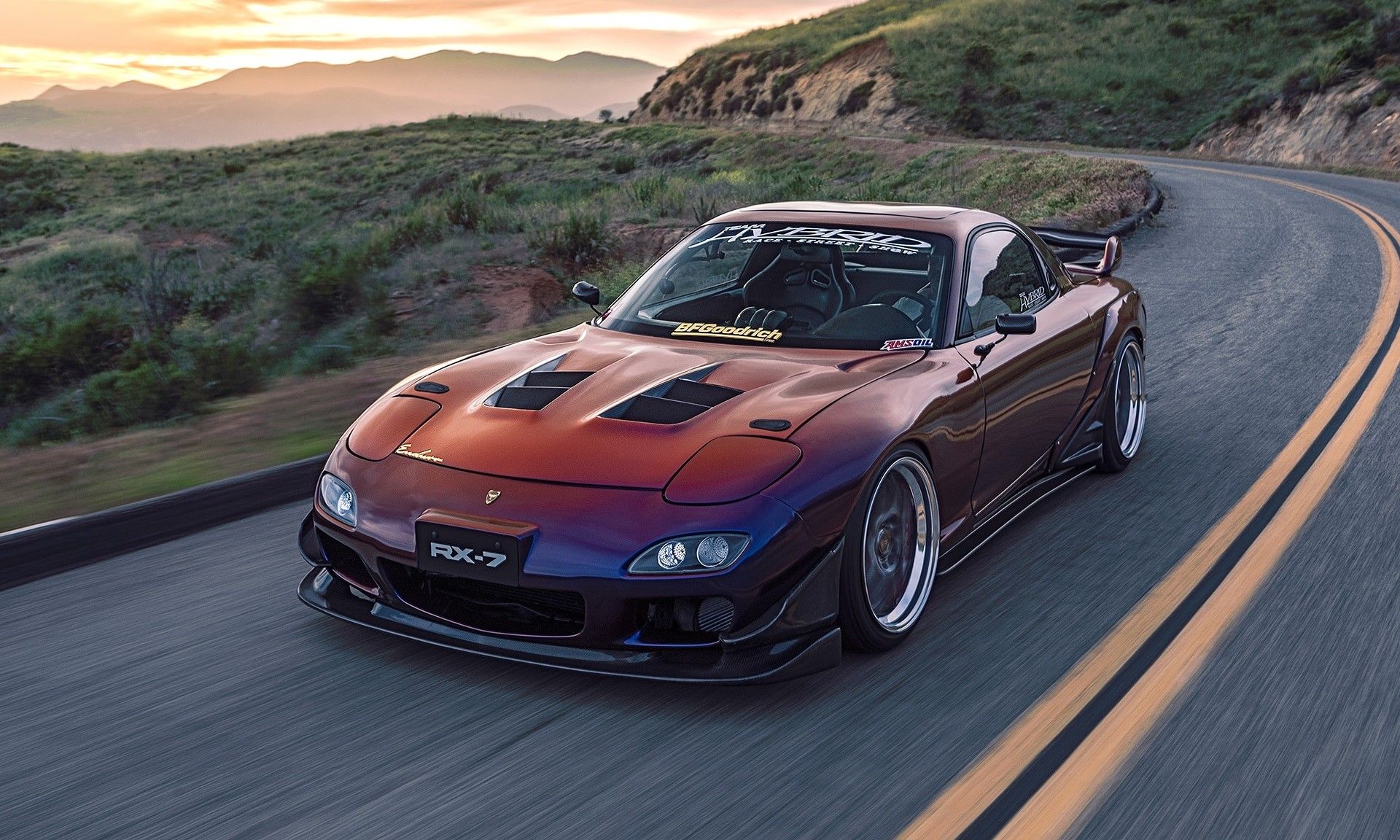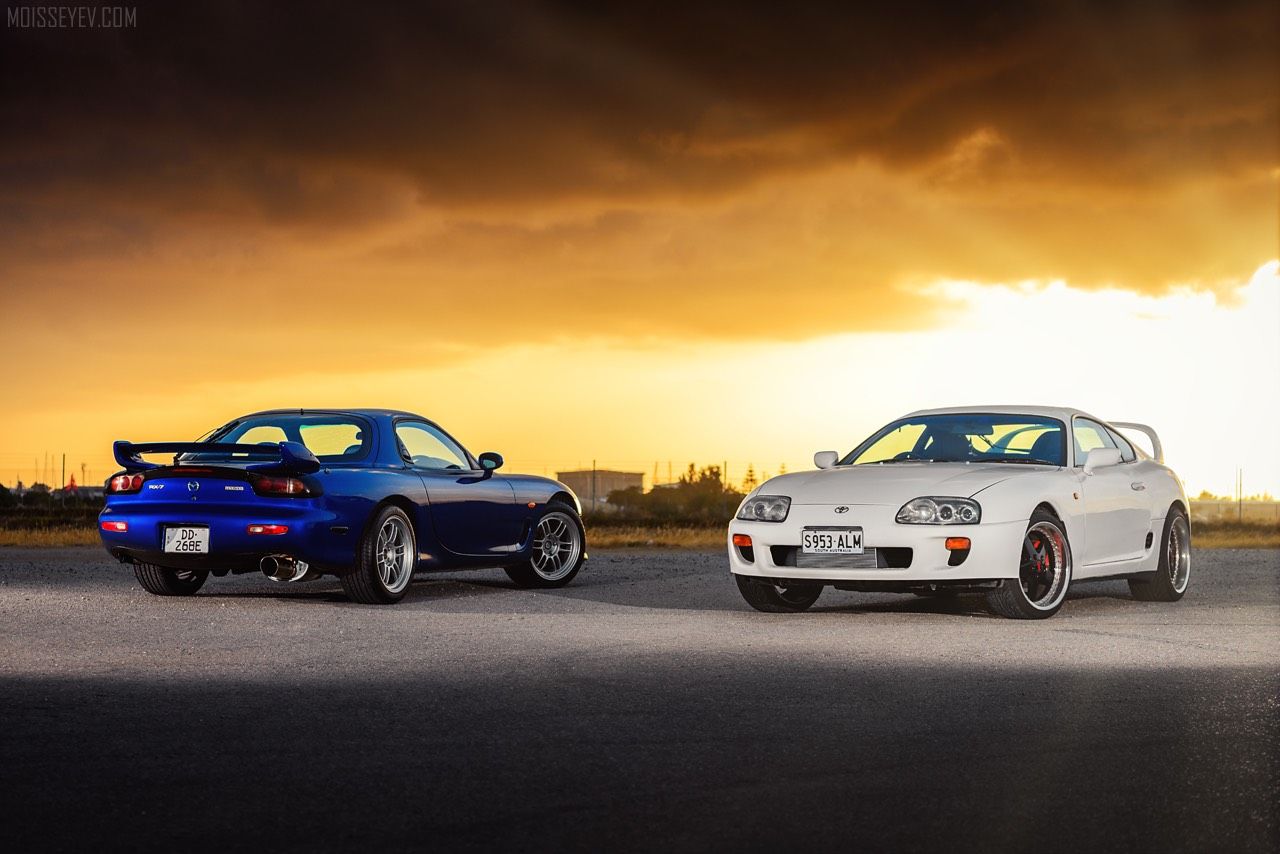In recent times, classic or vintage Japanese sports cars have garnered a new level of appreciation for both appearance and drivability. Additionally, with the popularity of the Fast and Furious movie series, these cars received a second life in the automotive world. With more people also importing cars directly from Japan, more of these cars are being brought into countries than ever before with the goal of increasing the drifting and street racing scene throughout.
With cars like the Mazda RX-7 and the Toyota Supra, the discussion moves further into actual ownership. As opposed to the Nissan Skyline which has ballooned in terms of price for foreign market vehicles, both the RX-7 and Supra can still be had for under $45,000 USD in many cases. As a result, the market for these cars, in particular, has heated up just as it had when these cars were new.
Now, a serious question arises: which of these JDM sports cars is the one for you? These two may share a market, but that is where the similarities end for these two.
So which car should you buy?
Motor Setup
The RX-7 was powered by one of the most unique engine designs fitted to production vehicles. The Wankel rotary powerplant in the RX-7, as well as previous models such as the RX-3 and RX-5, put out around 236 horsepower in base form which was reasonable for a sub-3,300 pound car. The top performance brought the RX-7 up to 276 horsepower which rocketed the car to a tops speed of 155 miles per hour and did 0-60 miles per hour in 5.7 seconds.
Like the RX-7, the Supra's engine went down in history as a legend. The 2JZ GE engine has proved to be able to hold massive power without breaking frequently, something generally uncommon outside of V8 engines. The power went from 217 horsepower in the base model through 326 horsepower in the twin-turbo Supra. This allowed the Supra a 0-60 time of 5.1 seconds and a top speed of 160 miles per hour. The Supra did weigh quite a bit more, however, coming in at just shy of 4,000 pounds.
Road Manners
The RX-7 focused heavily on Mazda's fun driving ethos. The Wankel rotary engine in the RX-7 builds power very high in the rev range with peak power at 6,500rpm and will continue to rev until 8,000rpm. Combining the lightweight body with a high revving turbo engine resulted in a car that handled incredibly well at high speed. According to Doug DeMuro, the RX-7 "feels so connected, you're right on it and you turn the steering wheel and it's heavy" and that the gearbox feels solid with its short throw setup. The only main complaint about the RX-7 in terms of driving is that the interior is cramped to the point that one's knees are pressed against the dash if they are over 5'10".
Unlike the RX-7, the Supra's extra weight lent itself well to the nature of the car as a grand touring platform. The interior of the Supra is dramatically larger than the RX-7 and features rear seats for a 2+2 layout and the seats were much plusher than in the RX-7. On acceleration and corners, the Supra feels planted and well-sorted but the acceleration does not excite in the same way as a high-revving rotary engine. Overall, the Supra feels more comfortable than the RX-7 but the RX-7 feels more like a serious sports car.
What's Not To Love?
Cars like the RX-7 and the Supra are not without fault especially at their age today. The availability of parts for both cars is fairly low, and as the car's age they need proper maintenance to be done. That said, these cars can be incredible vehicles if maintained properly.
The RX-7 is not a car for everyone in any way. The interior is small, the low torque figure and high redline mean the car has to be driven in a completely different way than any other. The engine must be redlined fairly frequently to prevent carbon buildup which in turns ruins fuel economy figures. If interested in rotary engines, the ever-warned apex seals must be checked and maintained to prevent the engine from flooding.
The most common result of people not wanting to maintain the rotary engines is swapping a V8 into the chassis. The majority of RX-7 in the US are more likely than not swapped to an LS motor or some other crate motor. While this does tend to fit the car properly for road racing, that is not what the car was designed for.
The 2JZ GE and 2JZ GTE are not without fault either. The Supra as a whole was heavy and did not drive like a serious sports car as a result. The engine, while reliable for building power, would cost quite a lot of money to bring the car to serious horsepower numbers. The largest problem around the Supra currently is the price point, as the "fast and furious tax" has brought many of the prices up well into the $75,000 plus range.
To summarize, the Supra works perfectly as a GT car in ways that the RX-7 could never handle. Plush ride, weighty, and well-sorted, the Supra is worthy of much praise in the import sports car market. The RX-7 on the other hand is the perfect car for tackling a winding road or a race track since it can easily handle being driven on the limit. While it may not be the best for long-distance cruising, the RX-7 can still handle road courses just as well as many modern sports cars.
Sources: Doug DeMuro, MotorTrend, Autoevolution, CarInfo




